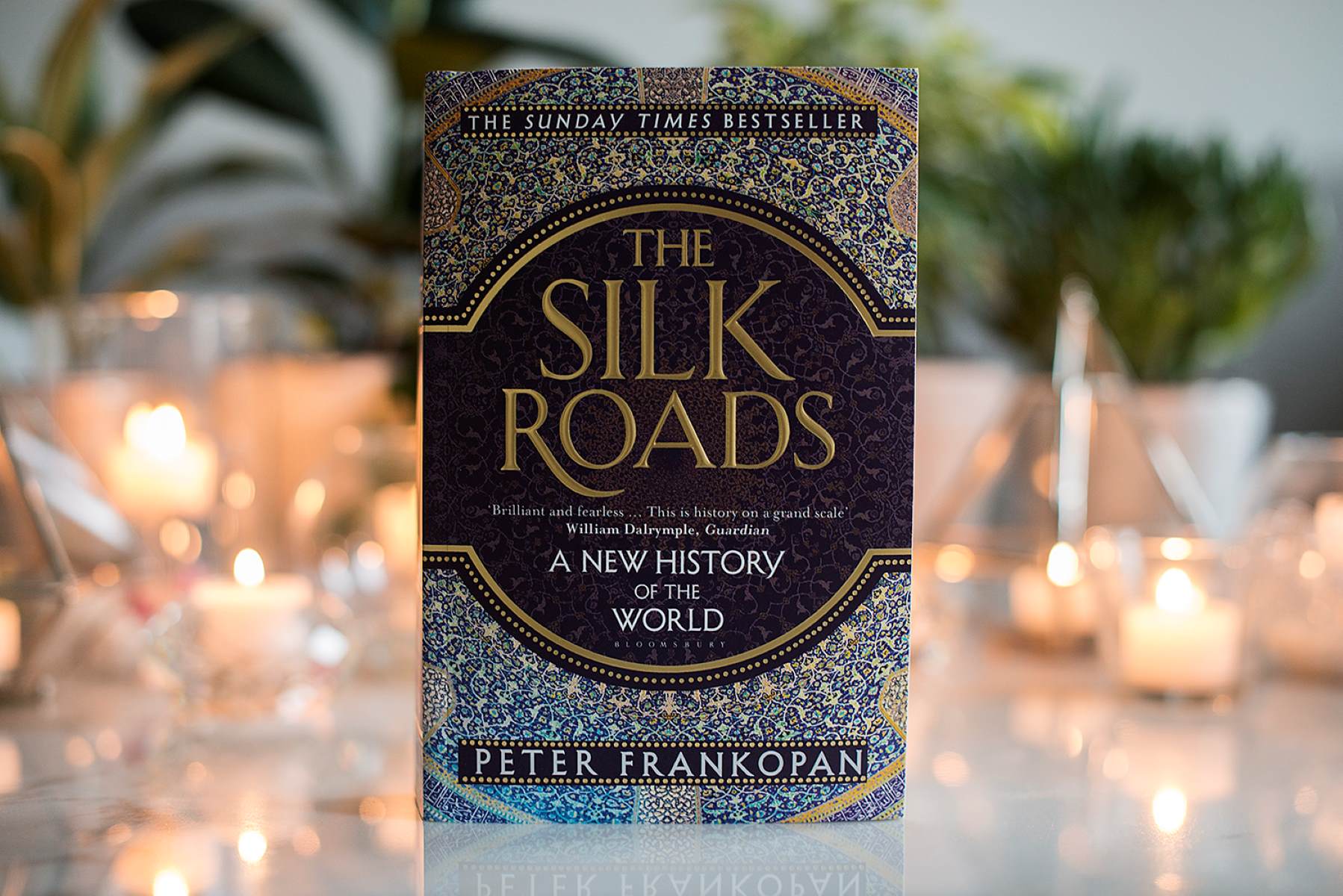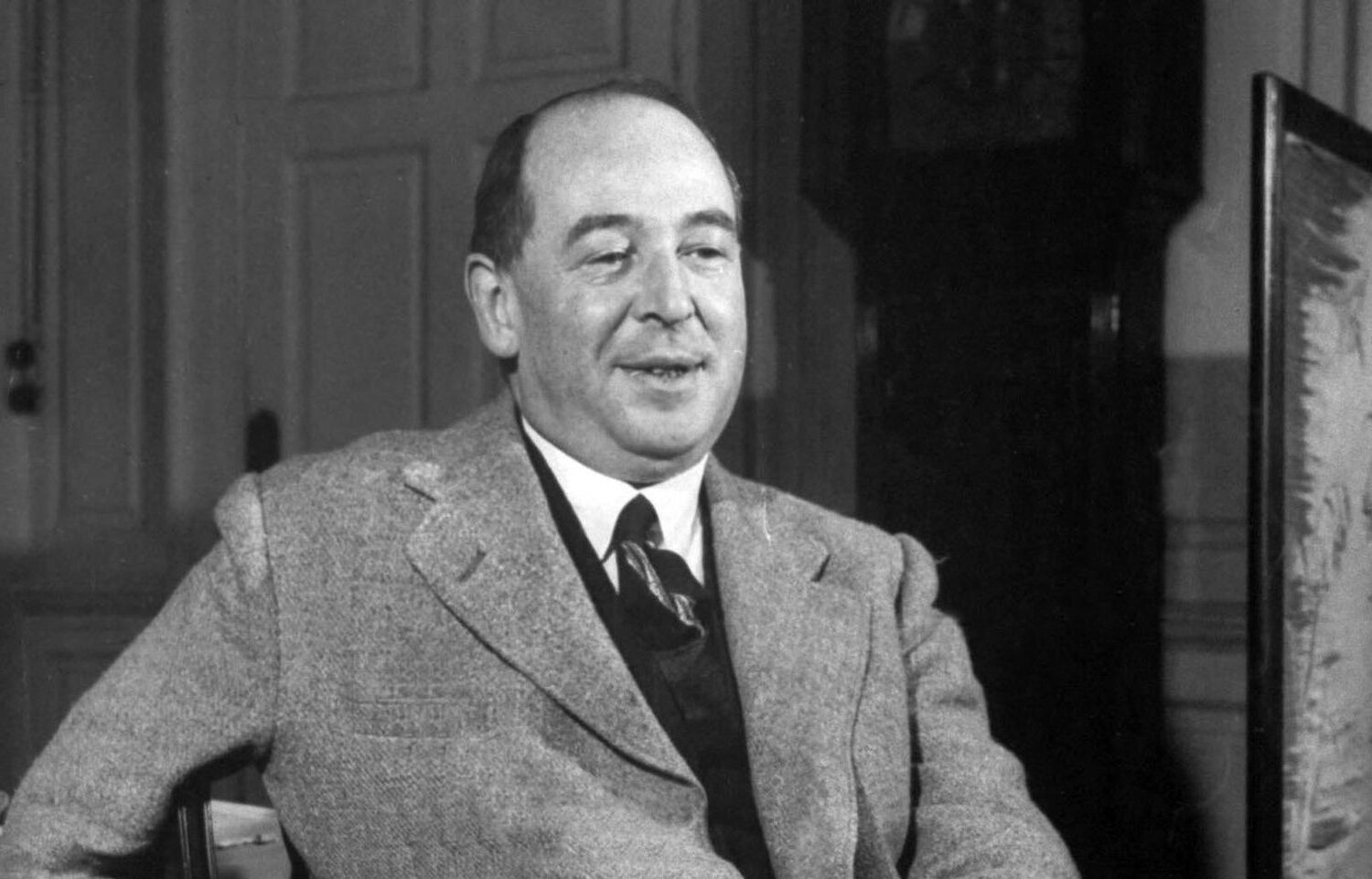
The Silk Roads, as described by Peter Frankopan in his renowned book, are not just a network of ancient trade routes. They embody a rich tapestry of history, culture, and exchange that connected the diverse corners of the world. Spanning thousands of miles, these routes served as the lifelines of civilizations, facilitating the exchange of goods, technologies, ideas, and even diseases.
In this article, we will delve into the extraordinary facts about the Silk Roads, shedding light on the remarkable impact they had on shaping our world. From the origins of the Silk Roads to the commodities that flowed through them, from the travelers who embarked on perilous journeys to the influence they had on the rise and fall of empires, each fact contributes to a deeper understanding of this extensive and interconnected web of trade routes.
So, get ready to embark on a fascinating journey through time and discover the riveting tales of the Silk Roads.
Key Takeaways:
- The Silk Roads were ancient trade routes that connected civilizations, exchanged goods, and influenced art and ideas, shaping our modern interconnected world.
- Despite the challenges, the Silk Roads brought prosperity, cultural diversity, and lasting impact, continuing to inspire curiosity and imagination today.
The Silk Roads were a network of ancient trade routes.
The Silk Roads, popularized by Peter Frankopan’s book of the same name, were a vast interconnected network of trade routes that spanned several continents. They connected major civilizations of the time, facilitating the exchange of goods, ideas, and cultural influences.
They played a crucial role in the development of civilizations.
The Silk Roads not only facilitated trade but also served as conduits for the exchange of knowledge, technologies, philosophies, and religions. They played a significant role in the development and spread of civilizations such as the Chinese, Indian, Persian, and Roman empires.
The Silk Roads were not just about silk.
Contrary to popular belief, the Silk Roads were not solely focused on the trade of silk. While silk was a highly valued commodity, various other goods, including spices, precious metals, gemstones, ivory, and exotic animals, were also traded along these routes.
They connected East and West.
The Silk Roads were instrumental in connecting the eastern and western regions of the ancient world. They enabled cultural exchanges between the civilizations of Asia, Europe, and Africa, fostering a rich tapestry of cultural diversity and cross-pollination.
They spanned a vast geographical area.
The Silk Roads covered an extensive geographical area, stretching from China in the east to the Mediterranean in the west. They encompassed a diverse range of landscapes, from deserts and plains to mountains and seas, making travel along these routes challenging yet rewarding.
They brought prosperity to many regions.
The trade along the Silk Roads brought substantial economic prosperity to the regions through which it passed. Cities and settlements grew along these routes, and new trading hubs emerged, spurring economic growth and cultural flourishing.
The Silk Roads facilitated the exchange of ideas.
Along with goods, the Silk Roads facilitated the exchange of ideas and intellectual pursuits. The teachings of philosophers, scholars, and religious leaders spread across vast distances, contributing to the enrichment of knowledge and the development of new ideas.
They influenced the development of art and architecture.
The Silk Roads played a significant role in shaping the art and architecture of the civilizations that thrived along its routes. Various artistic styles, techniques, and materials traveled along these trade paths, resulting in a fusion of artistic influences and novel artistic expressions.
Cultural diversity flourished along the Silk Roads.
The Silk Roads acted as a melting pot of cultures, fostering diversity and cross-cultural interactions. People from different regions and ethnicities came into contact, leading to a vibrant blend of traditions, languages, customs, and beliefs.
They were not without challenges and dangers.
Traveling the Silk Roads was not without its risks. Merchants and travelers faced various challenges, including harsh weather conditions, bandit attacks, political instability, and unreliable routes. However, the potential rewards of trade and cultural exchange outweighed the dangers.
The Silk Roads left a lasting impact on the world.
The impact of the Silk Roads extends far beyond their existence in ancient times. Their influence can still be felt in the interconnected nature of our modern globalized world. The exchange of goods, ideas, and cultures that flourished along these routes laid the foundation for our interconnected societies today.
They continue to captivate the imagination.
The Silk Roads, with their rich history and tales of adventure, continue to captivate the imagination of people worldwide. The study of these ancient trade routes reminds us of our shared human heritage and the power of connectivity.
Conclusion
In conclusion, the Silk Roads were much more than just trade routes. They were a hub of cultural exchange, knowledge dissemination, and technological advancements. Peter Frankopan’s book sheds light on these extraordinary aspects of the Silk Roads, highlighting their global importance throughout history. From the rise and fall of empires to the spread of religions and the exchange of goods and ideas, the Silk Roads played a crucial role in shaping the world we know today. It is awe-inspiring to consider how this network of routes connected people from East to West, fostering cooperation, innovation, and understanding. The Silk Roads continue to captivate our imaginations and remind us of the interconnectedness of our world. Peter Frankopan’s work serves as a reminder of the rich history and enduring legacy of the Silk Roads.
FAQs
1. What were the Silk Roads?
The Silk Roads were a vast network of ancient trade routes that connected Asia with Europe, Africa, and the Middle East. They facilitated the exchange of goods, ideas, and cultures between different civilizations.
2. How long did the Silk Roads exist?
The Silk Roads existed from the 2nd century BCE to the 14th century CE, spanning over a thousand years. They were instrumental in shaping global trade and cultural interactions during this time.
3. What were the major goods traded along the Silk Roads?
Some of the major goods traded along the Silk Roads included silk (hence the name), spices, precious metals, ceramics, tea, horses, and various luxury items. These trade routes played a crucial role in the development of economies worldwide.
4. How did the Silk Roads promote cultural exchange?
The Silk Roads facilitated the exchange of not only goods but also ideas, religions, technologies, and knowledge. This cultural exchange played a significant role in shaping the art, architecture, literature, and belief systems of different civilizations along the routes.
5. What is the importance of Peter Frankopan’s book on the Silk Roads?
Peter Frankopan’s book provides a comprehensive and insightful exploration of the Silk Roads, shedding light on their global significance. It highlights lesser-known aspects, challenges conventional perspectives, and offers a fresh understanding of the interconnectedness of civilizations throughout history.
The Silk Roads' impact on world history is undeniable, shaping economies, cultures, and the course of human progress. Cupertino's economic history is a testament to the power of industry and innovation, while Madison's cultural festivals and events celebrate diversity and unity. History holds countless more fascinating tales waiting to be discovered, each offering valuable insights into our shared past and the forces that have molded our present. Embark on a journey through time and explore the captivating stories that lie hidden in the annals of history, waiting to be uncovered by curious minds like yours.
Was this page helpful?
Our commitment to delivering trustworthy and engaging content is at the heart of what we do. Each fact on our site is contributed by real users like you, bringing a wealth of diverse insights and information. To ensure the highest standards of accuracy and reliability, our dedicated editors meticulously review each submission. This process guarantees that the facts we share are not only fascinating but also credible. Trust in our commitment to quality and authenticity as you explore and learn with us.


